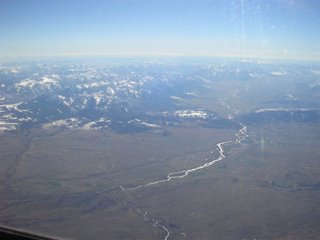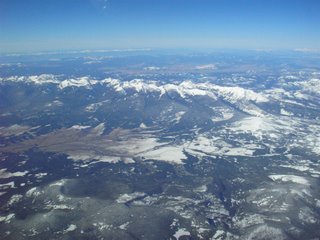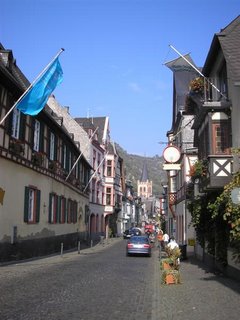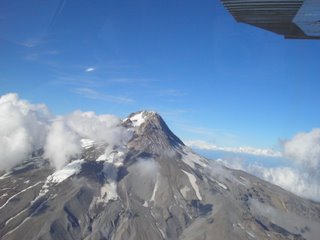I got home at about 9pm last night, made dinner, uploaded lots of pictures to my
last post, went to bed, slept insanely long - take that, jet lag! - and upon waking had two hours to get ready for my four day trip and get myself to the airport.
I was dangerously close to not getting back on time. I was planning on taking Delta through Atlanta (~40 seats open) with New York via Delta as my backup (~30 seats open). All the other jumpseatable flights I checked out of Frankfurt were booked full. The night before I had attempted to call Delta's Frankfurt reservations line to list myself, but met a dead end with a surly woman who spoke no English. I made a pathetic attempt in Germanglisch:
"Ich bin 'jumpseater.' Könnten Sie mich 'list' helfen?" She actually hung up on me! Oh well. I figured the gate agents could list me.
I showed up at Delta's ticket counter about 2 hrs 20 mins before the flight to Atlanta and requested the jumpseat. Buying the departure tax was no problem; on to the check-in counter.
"Did you make a listing?"
"No, sorry. I tried."
"Okay. We just got a brand new system for listing jumpseaters yesterday. I'm going to need my supervisor."
One supervisor came over, and then another. They sent the original agent on several errands to get documentation for the new system, but they kept coming up against problems. A man whom I assumed was the station manager came over and spoke to them rapidly in German. I understood only a few of his words but his tone made it clear he wasn't happy. The supervisors found enough documention to figure out how to list me and then proceeded to the employment verification portion of the program. More problems here. It kept coming up as my airline not having a jumpseat agreement with Delta (we most assuredly do). The reservations agent called Delta's jumpseat desk in Atlanta and verified that we
do have a jumpseat agreement - but they couldn't find any record of
my employment! "Sorry, sir, there's nothing we can do. Perhaps you can try another carrier."
I apologized profusely for taking up so much time and turned to go find the NWA counters. Standing in my way was the angry station manager. "I want a word with you!" he exclaimed. "You took up a lot of our time and made our passengers wait! As an airline employee, you should've been prepared. You know, I could see to it that you don't fly."
It was all I could do to keep my temper in check and continue apologizing. He backed off only after I told him that I was in fact
not flying because their new jumpseat program wasn't working. "Guten tag," he said crisply and wheeled away. Hmm. Okay then, let's find me another flight...
Northwest's only flight was departing in 30 minutes - I was too late to make it. United, however, had a flight to Washington DC departing in two hours. Worth a shot. I took the tram back to Terminal 1, paid my departure tax, got listed, checked in -
their verification system was working - and worked my way through the various security and customs checkpoints to the gate, which was bursting with a 747 load's worth of humanity. Several nonrevs did get on - surprising given that the flight was overbooked by 30 - but I was not one of them. I ran over to the C gates where a 747 to San Francisco was departing in an hour. This time, I got one of the last seats. Thank goodness, I was rapidly running out of options. I actually got to Portland sooner than if I'd taken Delta through ATL or JFK.
*****
Right now I'm in Billings, Montana, on the first of my three overnights this trip. The western portion of Montana is being blanketed with snow, and forecasts indicate Billings might get some of it too. That sounds about right - it's bitterly cold here, 0 degrees celsius plus 15 knot winds. Okay, that's not bitterly cold by Butte or Edmonton standards, but a lot colder than I've been in recently. Winter, it seems, is on her way. That's not all bad. I'm eagerly watching the ski slopes as I fly over, waiting for powder to blanket them. My skis are out and ready for their annual tuneup. Have I mentioned I love the Northwest?







































